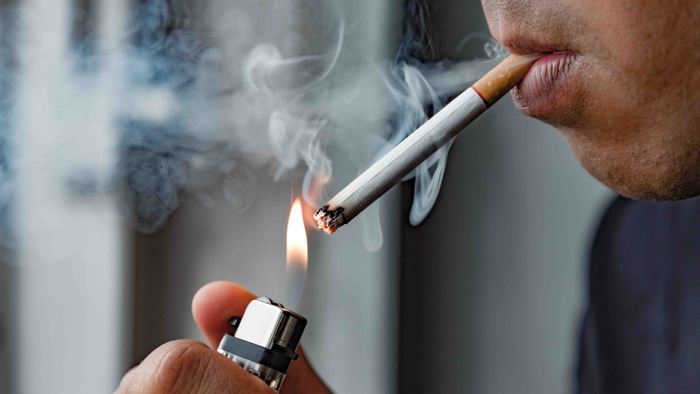Pakistan, like the rest of the globe, is commemorating “World No Tobacco Day,” a day dedicated to raising public awareness about the hazards and negative effects of tobacco on human health.
In Pakistan, 19 percent of adults over the age of 15 use tobacco in some form or another, and tobacco kills 118,000 people each year. In addition, smoking-related ailments cost the government Rs615 billion every year.
Tobacco and tobacco-related items are not allowed to be advertised in Pakistan.
The selling of loose cigarettes, as well as the display of cigarette brand flags and posters at the point of sale, is forbidden. In Pakistan, selling cigarettes near educational institutions is also prohibited.
When Pakistan joined the World Health Organization’s (WHO) Framework Convention on Tobacco Control (FCTC) in 2005, it pledged to limit tobacco usage and safeguard people’s right to the best possible health.
The tobacco pandemic is one of the world’s most serious public health hazards, claiming the lives of more than eight million people each year.
More than seven million of these fatalities are caused by direct tobacco use, whereas 1.2 million are caused by nonsmokers being exposed to secondhand smoke.
Tobacco is dangerous in all forms, and there is no such thing as a safe amount of tobacco exposure.
Cigarette smoking is the most popular method of tobacco consumption in the world.
Waterpipe tobacco, different smokeless tobacco products, cigars, cigarillos, roll-your-own tobacco, pipe tobacco, bidis, and kreteks are among the other tobacco products available.
Waterpipe tobacco usage, like cigarette tobacco usage, is harmful to one’s health, according to the WHO.
The health risks of waterpipe tobacco use, on the other hand, are often misunderstood by users.
The use of smokeless tobacco increases the risk of malignancies of the head, neck, throat, oesophagus, and oral cavity (including malignancies of the mouth, tongue, lip, and gums) as well as many dental disorders.
Over 80% of the world’s 1.3 billion tobacco users reside in low- and middle-income nations, which bear the brunt of tobacco-related disease and mortality.
According to studies, few individuals are aware of the precise health concerns associated with cigarette smoking. When smokers become aware of the hazards of tobacco, however, the majority of them wish to stop.
Only 4% of efforts to stop tobacco will succeed without help, however professional help and proven cessation drugs may more than quadruple a tobacco user’s chances of stopping effectively.
Tobacco products are illegally traded all across the globe, posing serious health, economic, and security risks.
One out of every ten cigarettes and tobacco products used worldwide is considered to be illegal.








